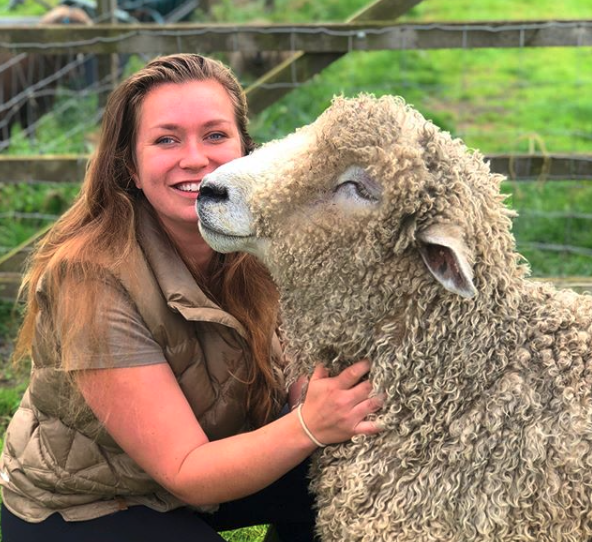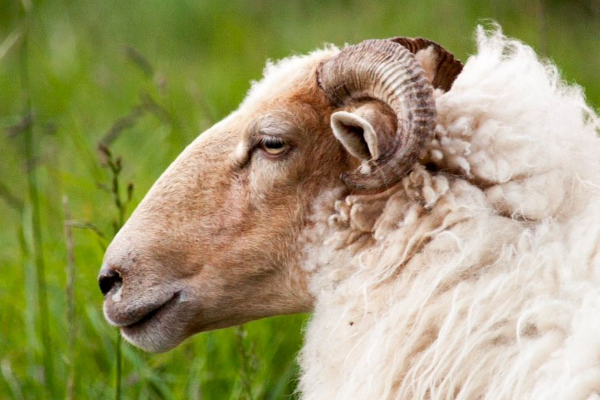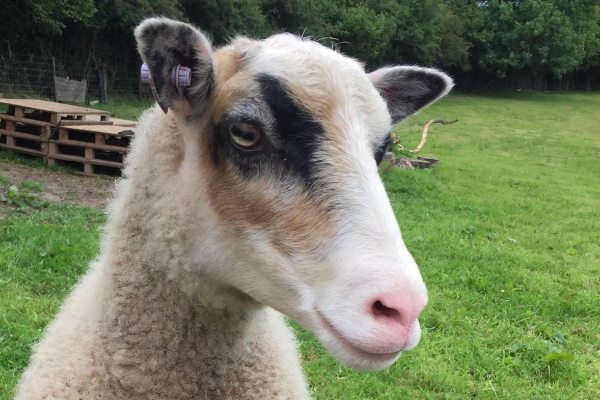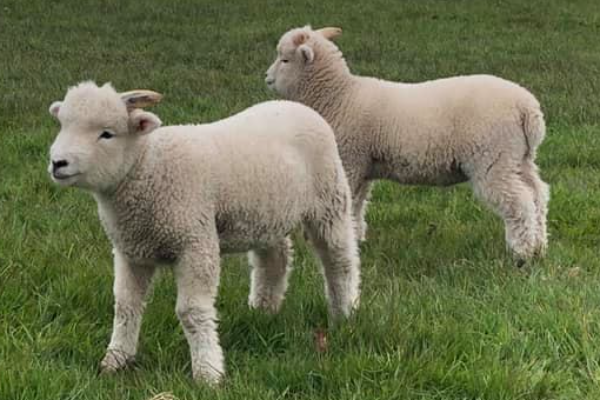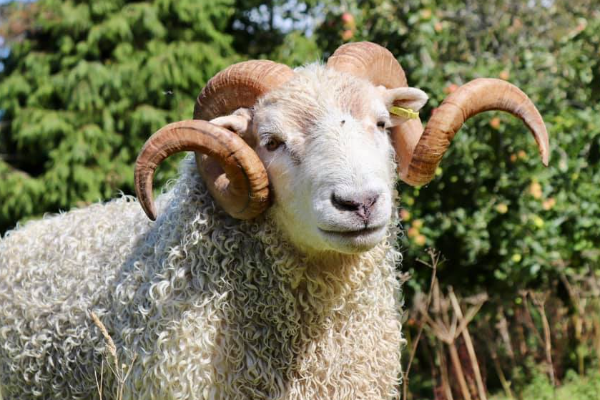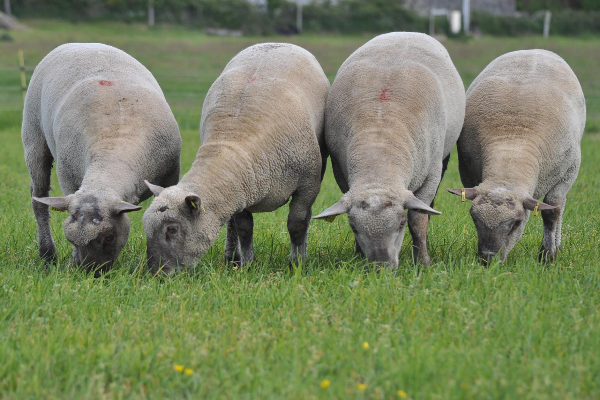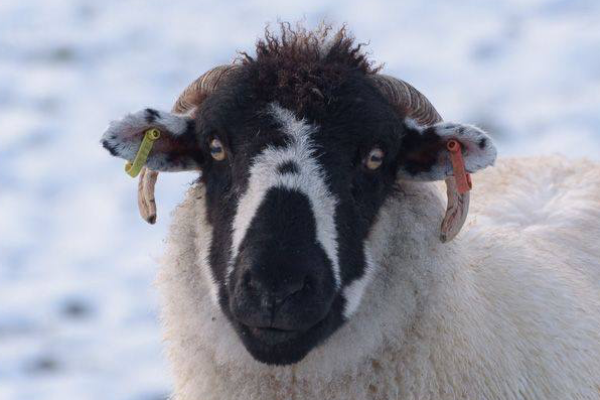Cheviot Sheep
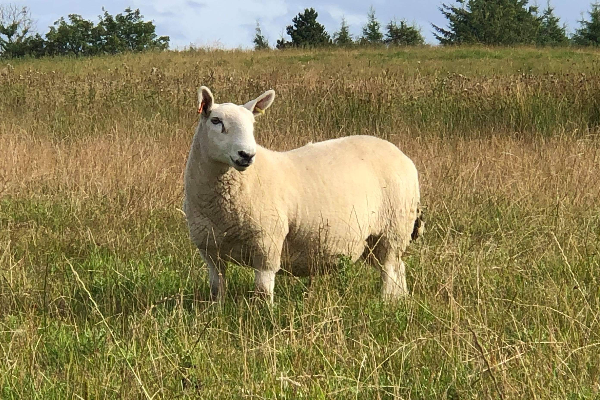 What is the history of Cheviot Sheep?
What is the history of Cheviot Sheep?
Recognized as a hardy sheep as early as 1372. There has been much breed development since, including for fleece quality when many Merino sheep were imported into the port of Berwick in 1480-1560.
The Cheviot Sheep Society was established in 1890. Cheviots did well in those bleak, windswept conditions, with their strong constitution, easy lambing, well developed mothering instinct, and fast maturity.
Introduced to Australia in 1938, the Cheviot has proved its ability to withstand the cold, wet winters of Southern Australia, and its vigor in foraging through the hot, dry summers, when feed is scarce.
The breed was introduced into the United States in 1838 from their native Scotland. When joined with the Border Leicester it produced the renowned Scotch half-bred which for well over 100 years has been the most popular and profitable prime lamb mother in Britain.
What are the characteristics of Cheviot Sheep?
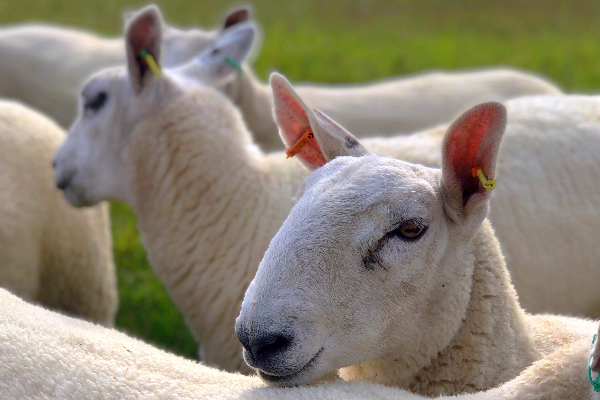 Picture by: Maddison Rose Wilson - Hadden Farm - Fife
Picture by: Maddison Rose Wilson - Hadden Farm - Fife
- Cheviots are renowned for their high fertility.
- Cheviot ewes have a high twinning rate.
- Cheviot rams are very vigorous workers, and can be run with larger numbers of ewes.
- The Cheviot lambs have a low birthweight, which makes for ease of lambing, yet they are soon on their feet to seek milk.
- The ewes have an exceptionally strong mothering instinct, which means a higher lamb survival rate. The result is more lambs marked, and a higher return for the grower.
- The Cheviot is a distinctive white-faced sheep, with wool-free head and legs, pricked ears, black muzzle and black feet.
- It is a very alert, active sheep, with a stylish, lively carriage.
- The Cheviot is a long-wool breed, hornless and of reasonable frame.
- Initially, it developed some popularity in Australia as a sire of top quality prime lambs as well as for crossing with Merinos to produce prime lamb mothers.
- Cheviot wool has a distinctive helical crimp, which gives it that highly desirable resilience.
- Cheviot wool is often blended into other yarns to give resilience and durability to the finished article.
- The fleece is dense and long-stapled, of 56s-50s quality, and springy to the touch.
- These special properties also help reduce fleece rot and fly strike problems.
- Bred to look after themselves, Cheviots need less husbandry.
- Hard black feet make them less prone to foot rot.
- With wool-free faces, Cheviots never suffer from wool blindness.
What is the weight of mature Cheviot Sheep?
Cheviot ram is in the range of 75 - 90 kg and a mature ewe 55 - 70 kg.
Pictures by: Maddison Rose Wilson - (Rare breed and Pedigree Sheep Farm) Hadden Farm - Fife
Find a BreederMore
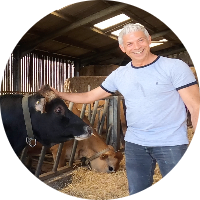
Written by
H Cetin KATIRCI
Online ShepherdBreedsMore
IllnessesMore
Forage cropsMore
![]() Патологическая физиология голодания Arina TARAN
Патологическая физиология голодания Arina TARAN![]() Дефицит фосфора (гипофосфатемия) Hipofosfatemi Arina TARAN
Дефицит фосфора (гипофосфатемия) Hipofosfatemi Arina TARAN![]() Какие бывают кормораздатчики для ферм КРС? Irina Makarova
Какие бывают кормораздатчики для ферм КРС? Irina Makarova![]() Кормушки для овец Diana Myakisheva
Кормушки для овец Diana Myakisheva![]() Питание домашних коз: что едят, виды корма и правила кормления Alina Arslantürk
Питание домашних коз: что едят, виды корма и правила кормления Alina Arslantürk![]() Важность минералов питании сельскохозяйственных животных Irina Makarova
Важность минералов питании сельскохозяйственных животных Irina Makarova

